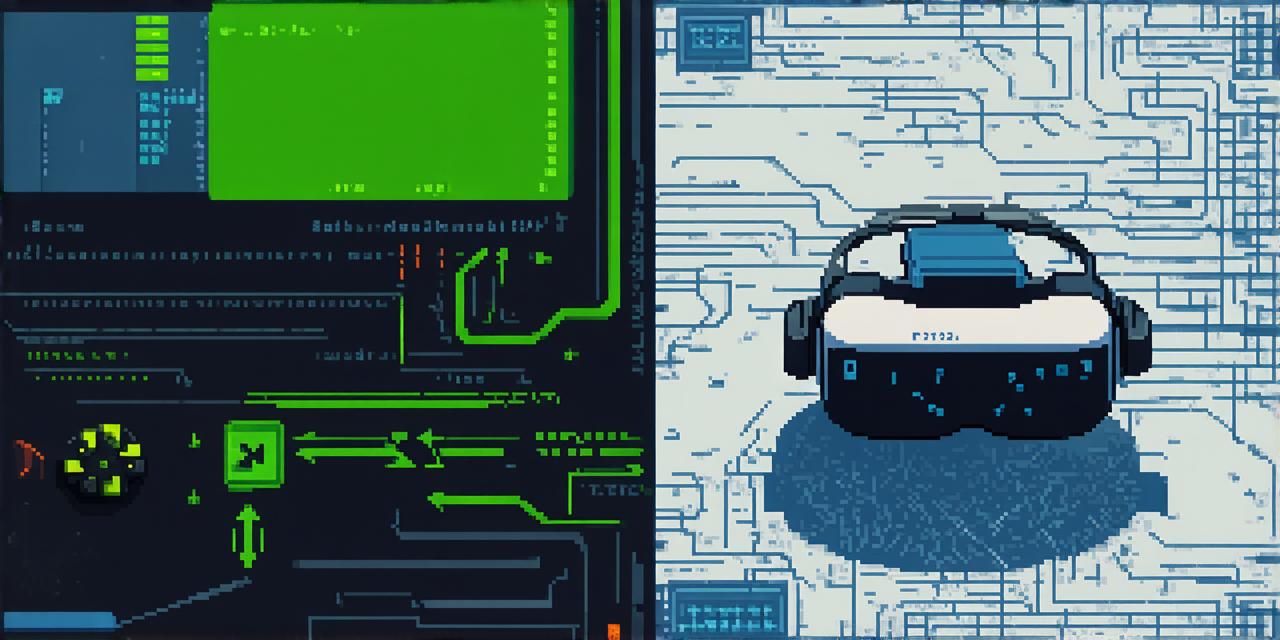
Input Handling: The Foundation of Player Movement
Before you can control a player’s movement in Unity, you need to handle user input. Input handling refers to the process of receiving and translating user input into actions that your game can understand and respond to. This can include keyboard and mouse inputs, touch gestures on mobile devices, and even voice commands.
To handle user input in Unity, you can use the built-in Input class, which provides a variety of methods for reading input values and detecting specific events. For example, you might use the Input.GetKeyDown() method to check if the player has pressed a certain key on their keyboard, or the Input.touchCount property to detect touch gestures on mobile devices.
Once you have received user input, you can translate it into actions that your game can understand. For example, you might map movement controls to specific keys or buttons, and use these inputs to move the player character through the game world.
Physics Simulation: Bringing Player Movement to Life
Once you have handled user input, the next step is to simulate the physics of your game world. Physics simulation refers to the process of creating realistic physical interactions between objects in your game world, such as gravity, collisions, and friction. By simulating these physical interactions, you can create a more immersive and believable game world that responds to the player’s actions in a realistic way.
To simulate physics in Unity, you can use the built-in Physics engine, which provides a variety of tools for creating and manipulating objects in your game world. For example, you might use the Rigidbody component to add physics properties to an object, such as mass and velocity, and then use these properties to simulate collisions and other physical interactions.
Animation: Bringing Movement to Life with Animation
In addition to input handling and physics simulation, animation can also be used to bring player movement to life in Unity. Animation refers to the process of creating visual effects that animate objects in your game world, such as character movements, particle effects, and environmental changes.
To create animations in Unity, you can use the built-in Animator component, which provides a variety of tools for creating and controlling animations. For example, you might use keyframes to define the position, rotation, and scale of an object at different points in time, and then use the Animator’s Play() method to play the animation smoothly.

Case Study: Creating a First-Person Shooter with Unity
Input Handling: In a first-person shooter, player input is crucial for controlling the character’s movement and aiming. The player might use the WASD keys to move forward, backward, left, and right, and use the mouse to aim and shoot. To handle this input in our game, we would use the Input class to read the user’s key and mouse inputs, and then translate these inputs into actions that our game can understand.
Physics Simulation: In a first-person shooter, physics simulation is used to create realistic bullet physics and character movement.

